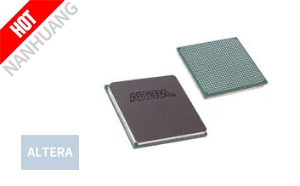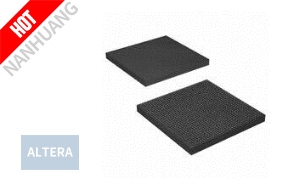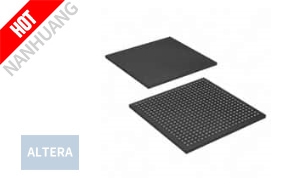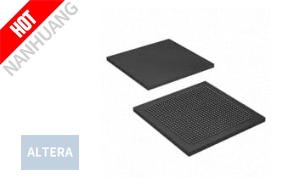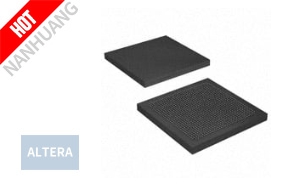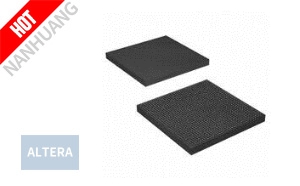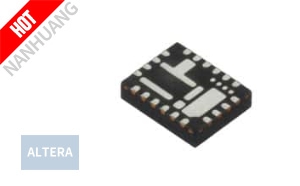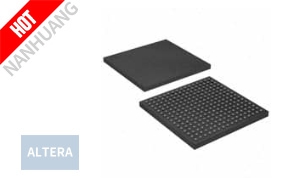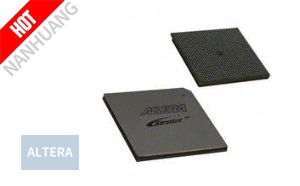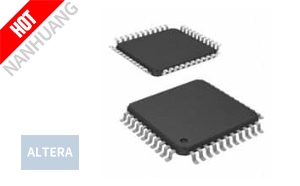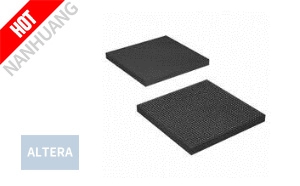
Altera Corporation (Intel) today announced its collaboration with China Mobile Research Institute (CMRI) to research and develop next-generation wireless networks based on the Centralized Radio Access Network (C-RAN) architecture. Altera FPGAs and intellectual property (IP) provide CMRI’s wireless system solutions with a development platform and technical support that are being used to verify future wireless architectures used in the cellular network of China Mobile, the world’s largest network with more than 700 million subscribers.
The cloud-based C-RAN architecture delivers lower power consumption, lower costs and higher frequency spectrum efficiency in high-capacity base station equipment by centralizing the baseband processing of a large-scale area into the cloud. The C-RAN architecture enables operators to dynamically schedule mobile traffic according to current network loads. China Mobile is actively developing the C-RAN architecture in order to cost-effectively optimize its network based on various wireless standards including GSM (2G), TD-SCDMA (3G) and LTE (4G). Altera and CMRI are working together to debug and verify next-generation wireless systems based on the C-RAN architecture by leveraging Altera’s FPGA technology and CPRI and Ethernet IP.
“Altera is a valuable partner whose expertise in wireless networks helps both sides on the development of C-RAN and other future wireless network architectures,” said Chih-Lin I, Chief Scientist, China Mobile Research Institute. “The technology, service and support we receive from Altera help CMRI research key C-RAN technologies and guide the industry to develop C-RAN equipment.”
FPGAs are widely used in wireless network equipment due to the device’s high-performance features and their ability to rapidly adapt to changing industry standards. Altera FPGAs provide an ideal combination of processing power, flexibility, IP cores and easy-to-use development tools.
“A C-RAN architecture addresses many of the challenges that carriers like China Mobile must deal with in this mobile internet era,” said Scott Bibaud, senior vice president and general manager of Altera’s Communications and Broadcast Division. “Collaborating with the world’s largest cellular operator on C-RAN architecture development enables us to align our FPGAs, software and IP to meet next-generation wireless infrastructure requirements.”
All registered trademarks and other trademarks belong to their respective owners. For more details, please visit Altera (Intel) official site.
- IC FPGA 413 I/O 780FBGA
- IC FPGA 696 I/O 1517FBGA
- IC FPGA 240 I/O 484UBGA
- IC FPGA 488 I/O 780HBGA
- IC FPGA 744 I/O 1152HBGA
- IC FPGA 696 I/O 1517FBGA
- DC DC CONVERTER 0.6-5.05V
- IC FPGA 191 I/O 256FBGA
- IC FPGA 1203 I/O 1508FBGA
- IC CPLD 64MC 10NS 44TQFP
- IC FPGA 360 I/O 780HBGA
- IC FPGA 600 I/O 1517FBGA
- AMD-Xilinx Unlikely to Disrupt the Channel
- Altera Joins China Mobile R&D Program
- Altera & Wind River Deploy SoC Tools
- Altera and Intel Expand Fab Pact
- Altera Offers High-Efficiency Power Conversion for FPGAs
- Altera & TSMC Partner on Packaging
- Altera CEO Receives Semiconductor Industry Highest Honor
- Altera Debuts Nine New PowerSoC Devices
- Altera Dev Board Reduces Costs for Industrial Designs
- Altera Ships 20 nm SoCs
- Altera Design Doubles NAND Flash Life
- Intel Completes Acquisition of Altera


